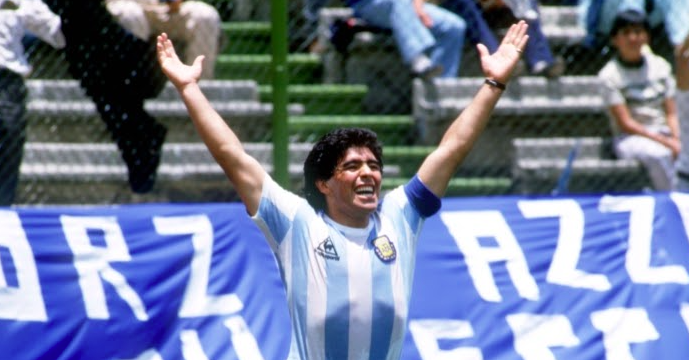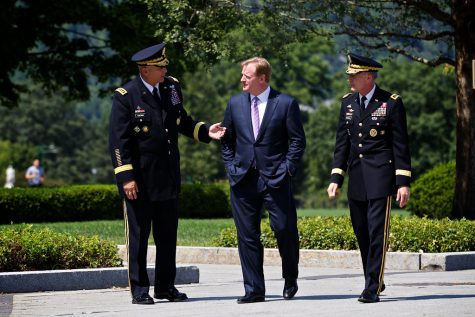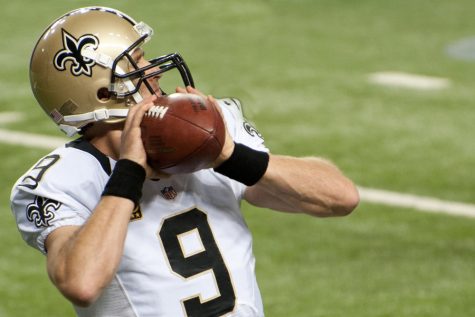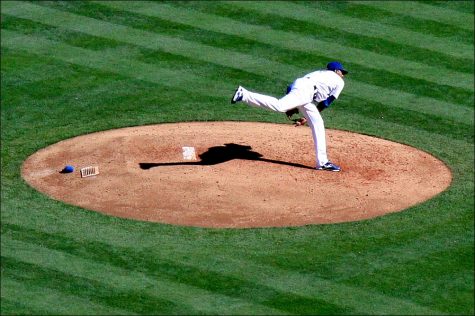Remembering Maradona: A Legend On and Off The Field
On November 15th of this year, the world lost one of the greatest sports figures in soccer history. Diego Maradona, aged 60 at the time of his heart attack, was a dominant soccer player who led his Argentinian team to a 1986 World Cup victory and took Serie A club team Napoli to new heights. It was his impact off the soccer field, however, that cemented his place as a legend in the annals of sports history.
Born on October 30th 1960, Maradona was raised in rural Argentina and loved soccer from a young age. He played for his junior team, Los Cebollitas, until his professional debut at the age of 16. He was called “El Pibe de Oro,” or “the Golden Boy,” from an early age. During his professional debut with Argentinos Juniors, he famously nutmegged opponent Juan Domingo Cabrera a few minutes into the game, marking the start of a legendary soccer career.
Maradona played for a few more years in South America before transferring to Barcelona for a world record transfer fee of $7.6 million. Though Maradona was still a dominant player on the field, injuries and incidents, including his habitual cocaine use and a famous fight in the 1984 Copa Del Rey final, plagued his career and a couple years later he transferred to Napoli with another record-breaking transfer fee of $10.48 million.
Maradona’s arrival to Napoli was one of the biggest headlines in European sports, with many Napoli fans believing that he could single-handedly turn things around for a club often overshadowed by its northern competitors such as A.C. Milan, Inter Milan, and Juventus – and he delivered. Maradona handed Napoli its first Serie A championship in the 1986-87 season.
His most memorable moments, however, came during his international career as the face of the Argentinian National Team. As captain, Maradona led the team to the World Cup title in 1986 in Mexico, beating West Germany 3-2 in the finals. Maradona scored five times throughout the World Cup. His two most famous goals, goals that would ensure his place as a legend in history, came in a quarter-final win against England.
To set the context, the tensions between the UK and Argentina were at a high — the Falklands War, a dispute over a few islands east of Argentina’s coast, had taken place just four years before. The UK won the war and held control over the islands, leading to continuing bad relations and lingering anger on the side of the Argentinians.
Now the same geopolitical conflict that had just occurred in the Falklands found itself on a soccer field, and Maradona ensured that he would deliver for his countrymen. Six minutes into the second half, Maradona found himself on the opponent’s side of the field, going for a ball in the air against England’s goalkeeper. Despite being eight inches shorter, Maradona managed to get to the ball, striking it with his left hand into the goal. In hindsight, the goal was obviously a hand-ball, but the referee at the time did not notice. Maradona later dubbed it the “Hand of God.”
The troubles of the English did not cease there, and just four minutes later, Maradona scored what is now acclaimed as “the Goal of the Century.” Maradona traveled 60 yards from one side of the field to the other, leaving English defenders in his wake. Dribbling past the goalie to a clinical finish, Maradona had secured a victory for Argentina, but not only on the field, but also in the hearts and minds of the nation. To Napoli, Maradona was a savior who had come to lead them to glory. To Argentina, Maradona was the captain who ensured their revenge over a bitter enemy. And to the world, Maradona was a “half-angel, half-devil,” as described in L’Equipe — a legendary figure and a symbol of pure soccer brilliance plagued with his own demons of substance abuse. Diego Maradona’s legacy as a soccer player and a symbol of national pride in Argentina will live on beyond his death, and he will always be remembered “the Golden Boy.”












